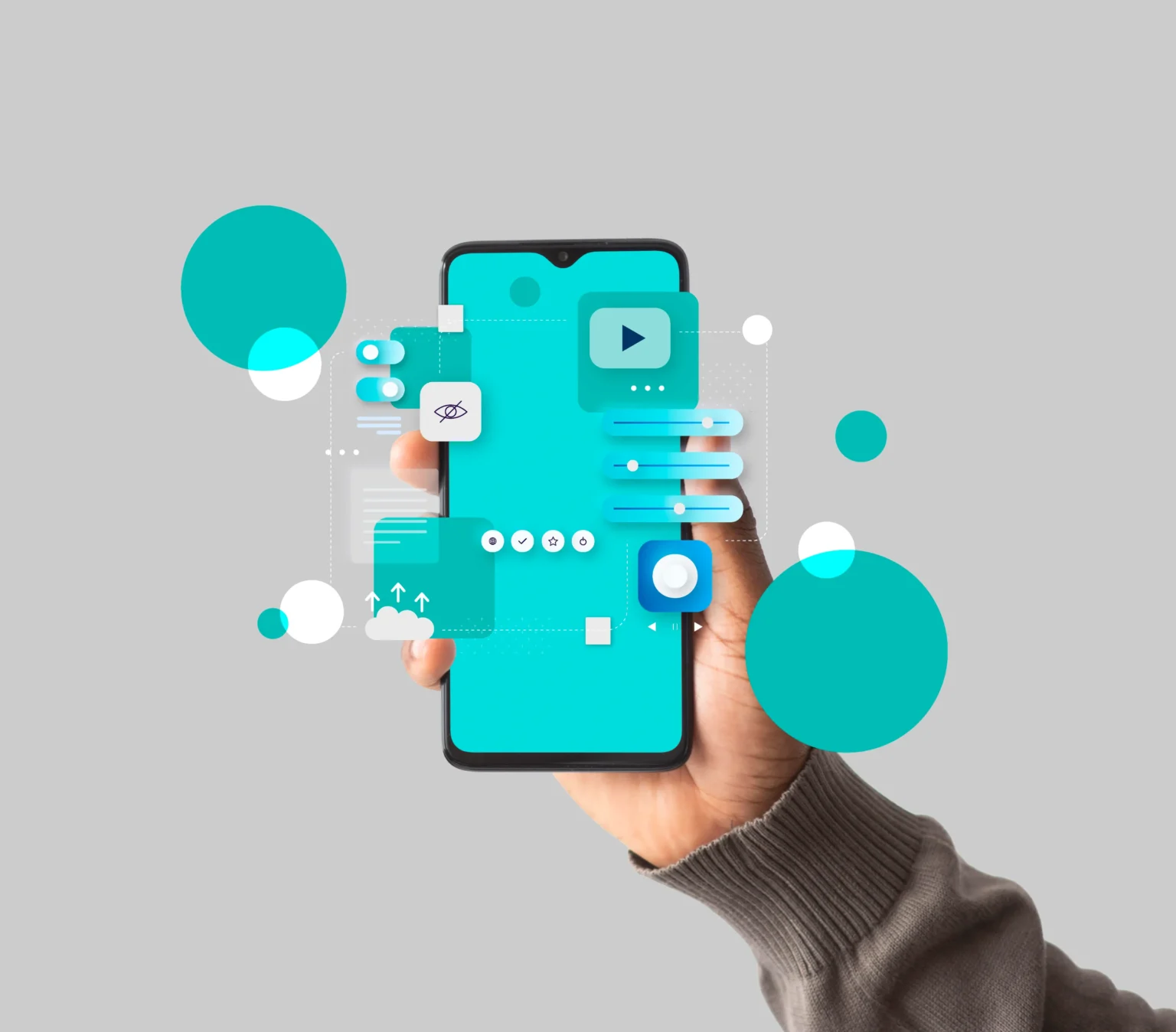Embarking on the journey of app development can be both exciting and daunting, especially for beginners. In this comprehensive guide, we will walk you through the fundamentals of Flutter, providing a step-by-step roadmap to help you create your first app seamlessly.
Getting Started with Flutter
Flutter is an open-source UI software development toolkit created by Google. It empowers developers to build natively compiled applications for mobile, web, and desktop from a single codebase.
Setting Up Your Development Environment: To begin your Flutter journey, the first step is setting up your development environment. Ensure you have Flutter and Dart installed on your system. You can find detailed instructions on the official Flutter website.
Your First Flutter App
Creating a New Project: Let’s kickstart your app development by creating a new Flutter project. Open your terminal and use the following command:
flutter create my_first_appUnderstanding the Project Structure
Flutter projects follow a structured layout. Key directories include:
- lib: Contains your Dart code.
- assets: Houses static files like images and fonts.
- test: For your unit and widget tests.
Understanding this structure is crucial as we progress through building your app.
Building the User Interface
Widgets: The Building Blocks
In Flutter, everything is a widget. Whether it’s a button or an entire screen, widgets are the fundamental building blocks. Familiarize yourself with key widgets such as Container, Row, Column, and ListView.
Designing Your App: Crafting an appealing user interface is paramount. Leverage Flutter’s rich set of pre-built widgets for a visually appealing design. Experiment with layouts, colors, and fonts to create a unique look for your app.
Adding Functionality
Stateful vs. Stateless Widgets: Understanding the difference between stateful and stateless widgets is crucial. Stateful widgets can change dynamically, while stateless widgets remain constant. Utilize stateful widgets for interactive elements like forms and buttons.
Handling User Input: Implementing user input is integral to most applications. Flutter provides event handlers like onPressed for buttons and onChanged for input fields. Leverage these to create responsive and interactive user interfaces.
Testing Your App
Unit Testing: Ensuring the reliability of your code is essential. Flutter supports unit testing through packages like test. Write test cases to validate the functionality of individual units of your code.
Widget Testing: Go beyond unit testing and conduct widget tests to ensure the seamless interaction of various components in your app. Flutter’s testing framework makes it easy to simulate user interactions and evaluate the app’s behavior.
Deploying Your App
Preparing for Deployment: Before deploying your app, make sure to optimize its performance. Remove unnecessary dependencies, minimize resource usage, and conduct thorough testing on multiple devices.
Choosing the Right Deployment Target: Flutter allows you to deploy your app on various platforms. Whether it’s iOS, Android, or the web, choose the deployment target that aligns with your audience.
Conclusion
Congratulations! You’ve completed your first Flutter app. This guide has equipped you with the knowledge to navigate the intricacies of Flutter development. As we conclude, remember that continuous learning and exploration are key to mastering Flutter and staying at the forefront of mobile app development.

